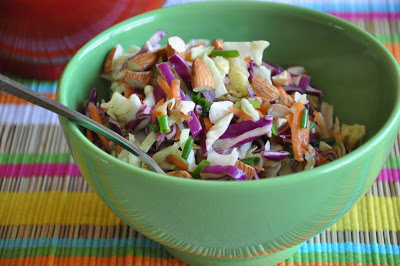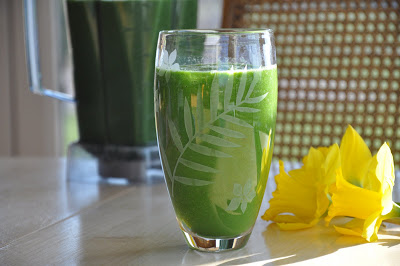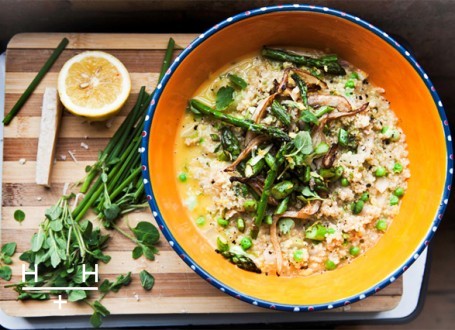If you did not catch me on CTV last week, check it out by clicking the photo above or read all about it and more below.
If you are like me and do not like to take too many pills in a day, putting the emphasis on food to give you the nutrients you need and using its medicinal properties to heal your body is ideal. The quote "eat your medicine" rings true here. Food is more than just calories to fill us up. It is full of vitamins, minerals and phytonutrients.
Some simple ways to use food as medicine:
- Lemon – Add lemon to water to stimulate the digestive track. Great for liver health and to regulate your bowel movements (especially if you suffer from constipation). Try infusing water with lemon in the fridge overnight or drink a cup of warm water with a lemon slice before breakfast. Be sure to use fresh lemon instead of lemon juice.
- Apple cider vinegar – This stimulates your stomach acid before meals to aid in digestion. As we age, or if we have been struggling with stress (and who hasn't!), our level of stomach acid starts to decline, which can impede digestion. This creates symptoms such as heartburn, gas, bloating and constipation. Taken before meals, a little goes a long way! You only need about 1 tsp-1tbsp in a little water.
- Fermented foods – There are several studies recently showing the connection of fermented foods to improved health, including improved immune system, digestive health and mood - including anxiety and depression. The fermentation process produces beneficial probiotics. There are several types of fermented food available such as sauerkraut, kombucha tea, kefir, kimchi, and of course yogurt. Have you tried a variety of these? You can even make your own!
- Ginger root – The phytonutrient in ginger acts to soothe the stomach, if there is any digestive concerns. It is also very warming for people who tend to always be cold like me. Finally it helps to improve your immune system. Make ginger tea by boiling a few slices of fresh ginger in water.
- Tumeric root – You can find this as the root, the spice or in capsule form. The curcuminoids in turmeric act as a natural anti-inflammatory. They target any type of inflammation, including joint pain, muscle pain and even digestive issues. I use the capsule form a lot in my practice for joint pain and injuries. Research shows a higher dose is most beneficial so a capsule with a least 250mg 3x/day is suggested. However, you can add the spice to food or make turmeric tea with the root - just be careful as it can stain everything yellow!
- Flax seeds – We have heard a lot about flax seed in terms of its fiber content, however I use it a lot in my practice for many gynecological issues, such as cramps, irregular period and menopause. Flax contains lignans, which act as a phytoestrogen to help balance estrogen. 1-2 tbsp ground flax seed is great for females of all ages.
- Mushrooms – Their polysaccharides in mushrooms improve and balance your immune system. They are great for a poor immune system, fatigue or any immune condition. Try adding more shiitake mushrooms to stir-fries or try chaga tea.
- Cruciferous veggies – This is a large group of veggies, including broccoli, cauliflower and greens. They contain I-3-C, which is needed in both phases 1 and 2 of liver detoxification. By adding these vegetables to your diet, you improve your livers function, ultimately improving your overall health.
- Finally think colour! - The more colour you have in your diet, the broader spectrum of phytonutrients, vitamins and minerals you are getting. A good question to ask yourself is, how many colours are in my diet today?
Have you tried one or more of these foods for their medicinal benefits? Which is your favourite?
Also, if there is a topic you are curious about please let me know in the comments below and I'd be happy to shed a little more light on it.
In health & happiness,
Dr. Karen










